50YardLine
Member
Once again this has become a troll fest. Check out my album, and see who is growing healthy plants. Even with my battle, I harvested many quality packs that people have lined up for. All my packs have been tested and zero pesticides and average thc is 25%. My experience dates back more than 15 years of growing our beloved plant. Listen to me or don't, but I wish you all well.
Keep it green everybody.
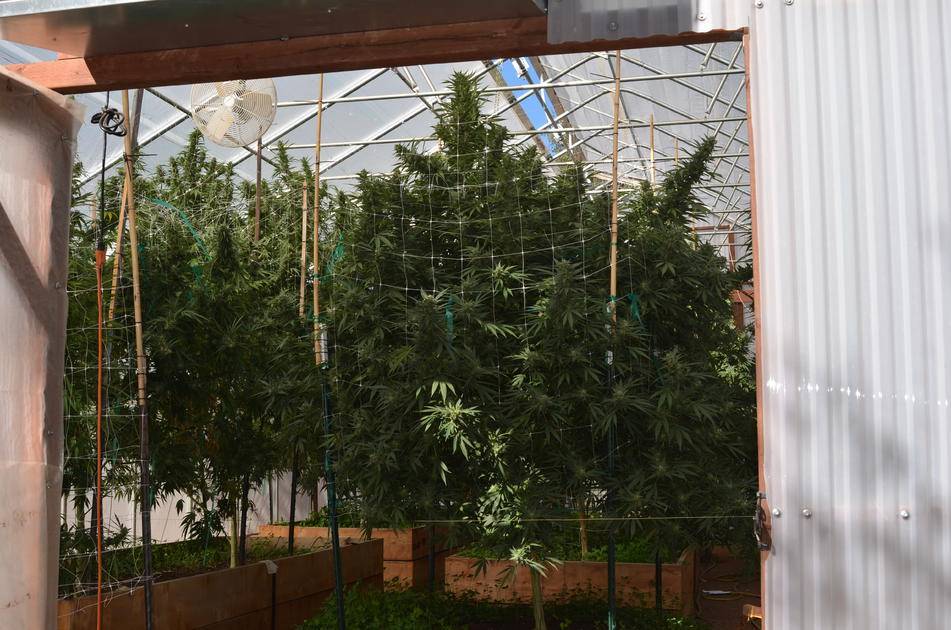
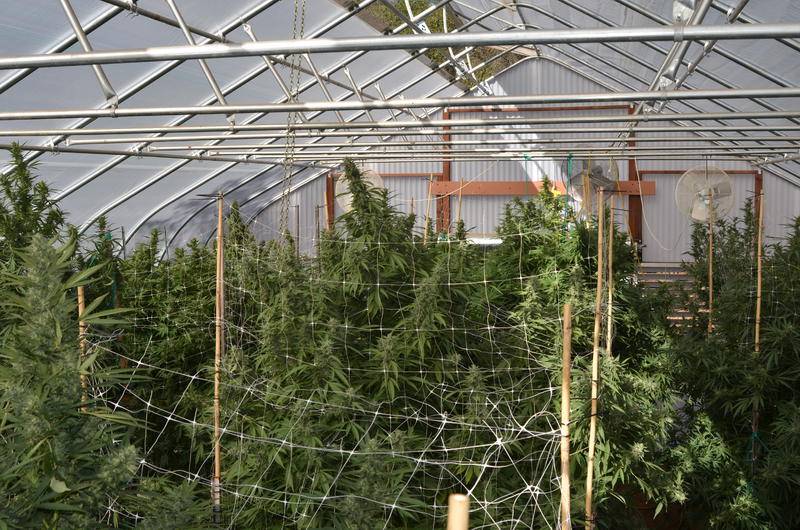
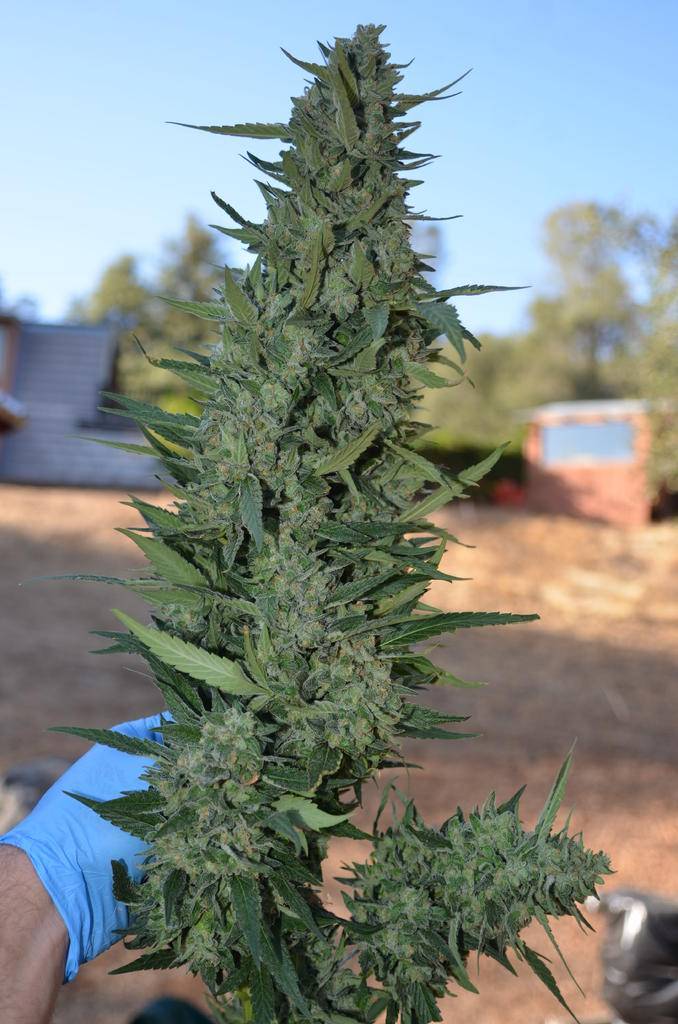
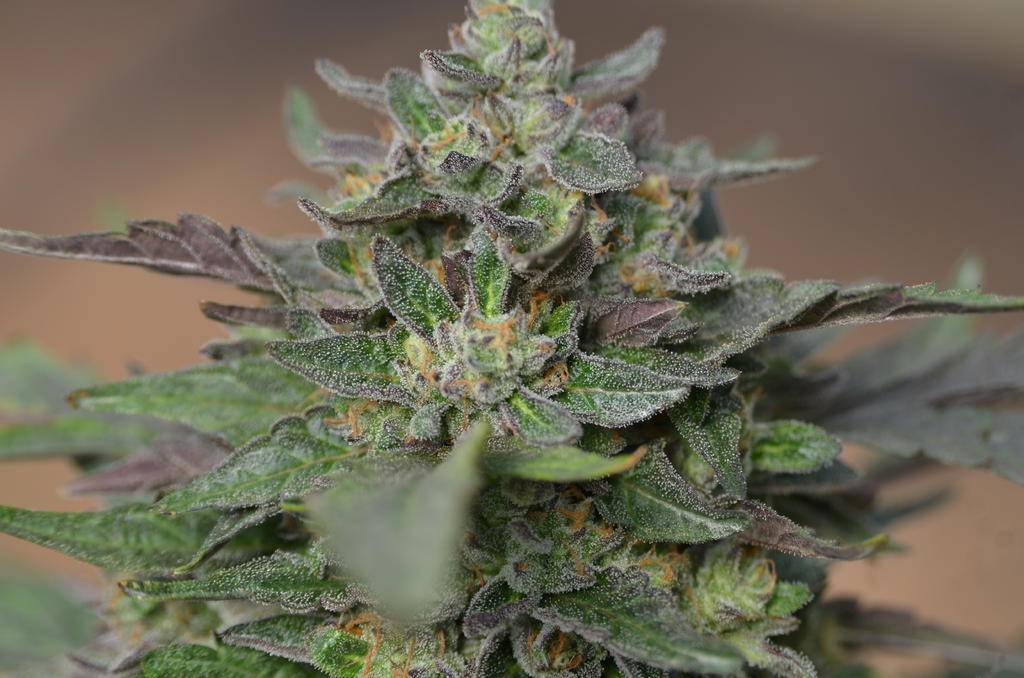
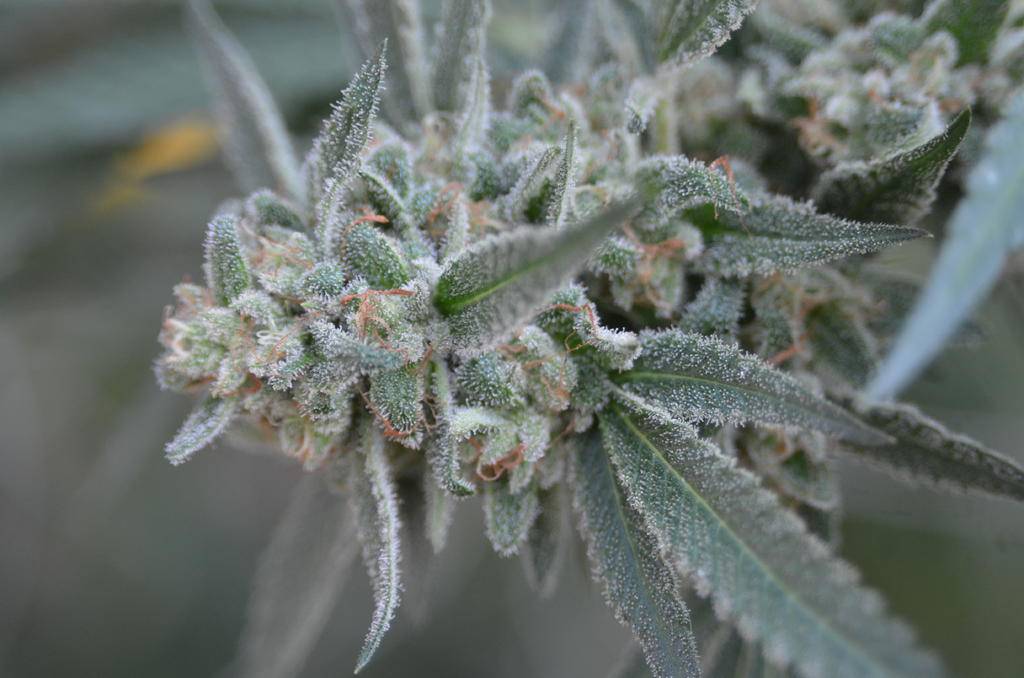
Keep it green everybody.
Last edited:



